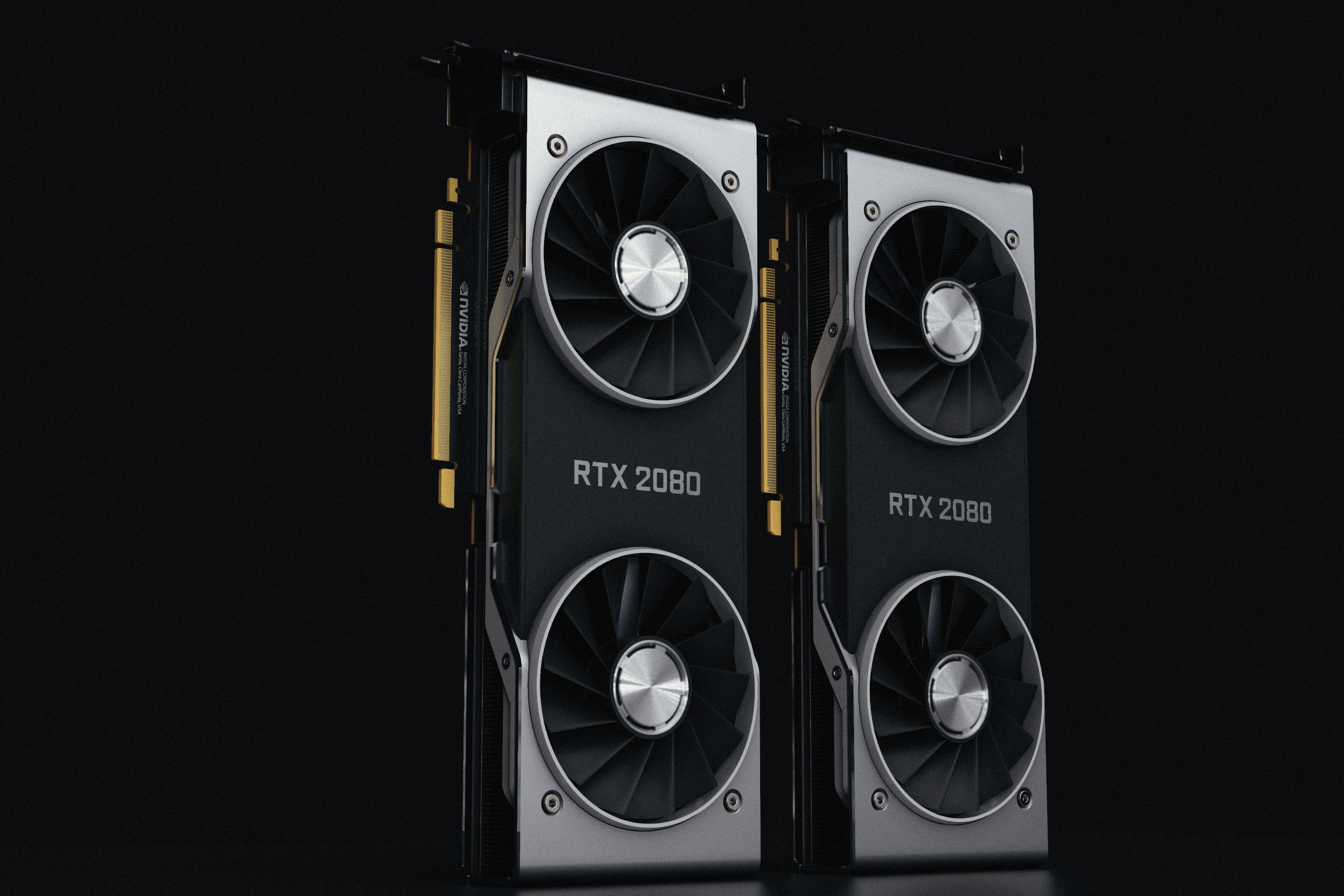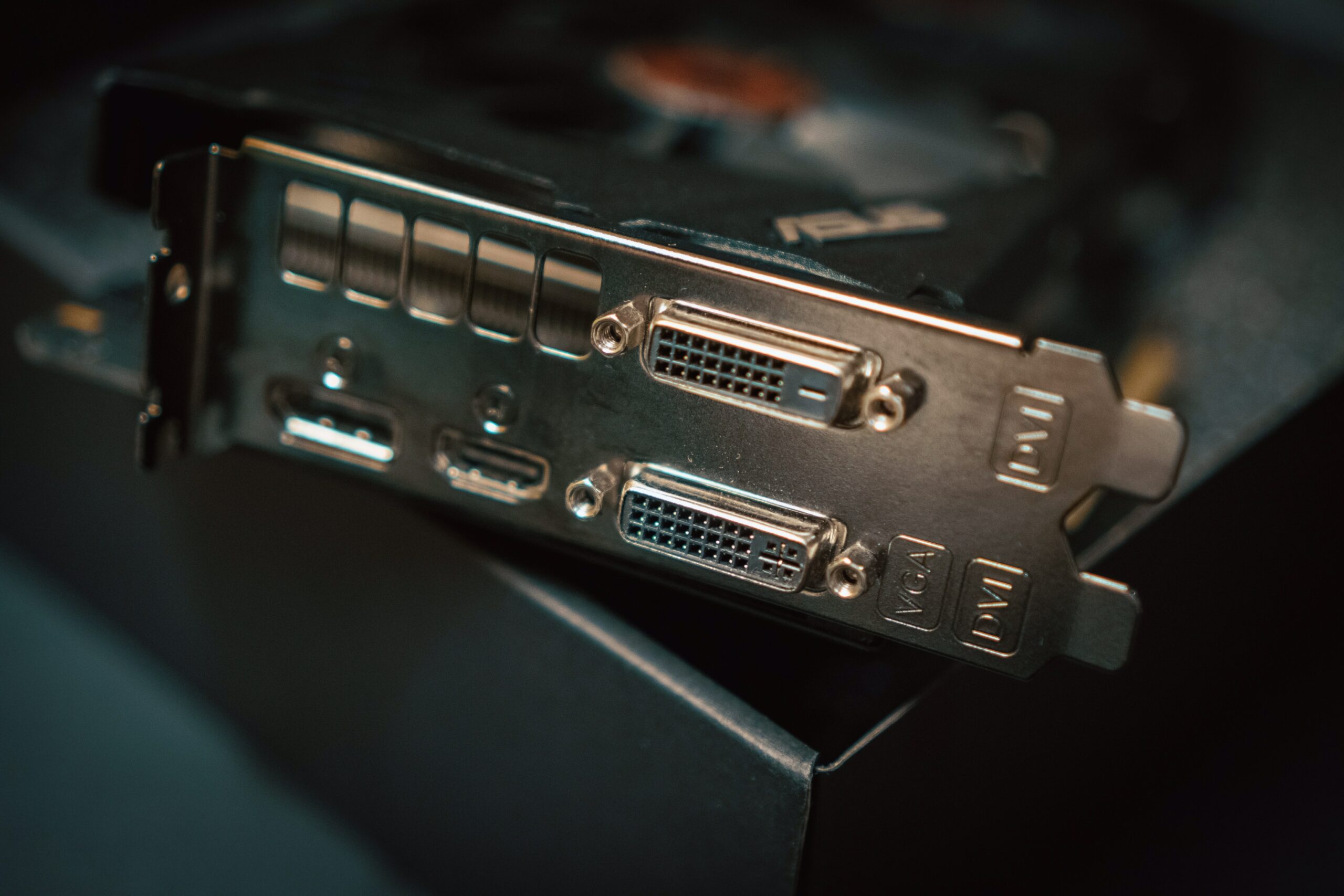SSC stands for Super Superclocking, so lets take a look at just how well this works right out of the box. As far as EVGas version of the GTX 950s Super SuperClocked (SSC) goes, it looks pretty similar to the companys GeForce GTX 960 SSC ACX 2.0+ that we reviewed previously back in 2015. The Super SuperClocked (SSC) is the second-to-last model, while the GTX 950FTW edition offers an even higher clockspeed.
These three models are the Superclocked (SC), Super SuperClocked (SSC), and For The Win Edition (FTW) cards. Evga, one of Nvidias card partner panoply for the launch, is effectively going to be offering up four versions of the GeForce GTX 950. The GeForce GTX 960 card that we are looking at today is EVGAs GeForce GTX 960 SSC 4GB model, which is sold as part number 04G-P4-3966-KR.
EVGAs graphics cards are known for their impressive specifications and effective coolers, and now you can get their GeForce GTX 960 SSC as well, featuring 4GB GDDR5 instead of the earlier reference 4GB of 2GB GDDR5. The GTX 960 also includes DirectX 12 support, a newer, more productivity-enhancing gaming API that comes bundled with Windows 10. With GeForce GTX 980 and 970 comfortably commanding the high-end graphics card space, Nvidias targeting a critical enthusiast 1080p segment with GTX 960, the first true mainstream iteration of its mighty, but astoundingly energy-efficient, Maxwell processor architecture.
The EVGA GeForce GTX 1060 graphics card is loaded with groundbreaking new gaming tech, making it a great choice for recent HD games. A fantastic all-around solution from EVGA Corporation, in their SSC iteration, GTX 970 stays cool, excellent OC, smaller footprint. If you could find a GTX 950 GeForce card in any sort of guise — not necessarily EVGAs SSC iteration — at around $150, that is a decent savings over pricey alternatives.
It is an appealing package, and a perfect upgrade over an integrated graphics or aging discrete GPU, although partners will have to be aggressive about pricing, especially with an existing GTX 960 now available for less than PS150. As the higher resolutions show, however, the GeForce GTX 950 (as well as the more expensive GeForce GTX 960) is really not up to the challenge of gaming at more than 1080p, unless you are reducing the settings on the games significantly. The good news for those using 1920 x 1080 monitors for desktop gaming is that you do not need to shell out a few hundred dollars on a video card, since NVIDIAs GeForce GTX 960 is more than capable of 1080P gaming, and we have seen partners on board selling 2GB GeForce GTX 960 models priced at just $155, following rebate offers.
You have got a base model which is available with just 2GB of framebuffer memory and the reference NVIDIA GeForce GTX 960 clock speeds, then you go up to overclocked cards which comes with either 2GB or 4GB of GDDR5 memory. First up, we have a package which, as you might notice, is smaller than the normal GTX 970, which is foreshadowing the GTX 970 being a very compact video card. On the front is all of the info you would want, with highlights like DX12, G-Sync, SSC, so you know this is the super-clocked model, and proprietary cooling, the ACX 2.0.
When the GTX 980 and GTX 970 were released, Microsoft provided the above initial specifications of the cards. The GTX 900 GPUs launched were going to be the standard Full/Die Harvested pair of cards, the GTX 980 using GM204 based underlying GPUs, and GTX 970 using a Die Harvested GPU in which one or more SMMs failed. As part of our discussions with Microsoft, they laid out that the GTX 970s initial published specifications were incorrect, and that this uncommon behavior was actually expected behavior from a card configured the way that GTX 970 was.
Looking at it as a card to move up from the GeForce GTX 750 Ti, the GeForce GTX 950 Ti delivers an extremely impressive amount of added performance — at least, that is what we tested with an overclocked EVGa SSC board. In the graphics subscore, which isolates the graphics hardware of our test bench, the EVGA GTX 950 SSC comes out a respectable 63% higher than the GeForce GTX 750 Ti, and around 13% lower than EVGAs own GeForce GTX 960 SSC (a card currently retailing for around $210, which is $40 higher). In the Graphics Subscore, which isolates our testbeds graphics hardware, the EVGA GTX 950 SSC landed an impressive 63 percent ahead of the GeForce GTX 750 Ti, and about 13 percent behind EVGAs own GeForce GTX 960 SSC (a card that currently costs about $ 210, or $ 40 more ). While the Nvidia GTX 960s stock and reference clocks are both at 1126MHz and 1178MHz overclock, the ASUS GTX 960 Strix is at 1253MHz/1317MHz; and the SSC from EVGA is clocked at 1279MHz/1342MHz.
The EVGA SSC packs in two BIOSes, which you can switch between at the push of a physical switch on the card. By default, the card uses a dbi BIOS that keeps fans turned off until temperatures reach 60C. Alternately, you can use ssc Performance BIOS to get a little extra grunt. EVGA recommends only a minimum of 400W PSU to properly run the single graphics card.
It would have been nice to see 3GB or 4GB of memory, or at the very least, wider memory buses, in order to future-proof the GTX 960 in a more effective way. This card is designed around PCI Express 3.0 bus architecture, offering maximum data-transfer speeds for more bandwidth-hungry games and 3D applications. The EVGA GeForce GTX 960 SSC 4GB comes with a black, fully covered backplate, which is tightly fitted into the rear portion of the card, and is meant not to interfere with the memory slots, nor with any other components located directly behind the main PCIe slots.


